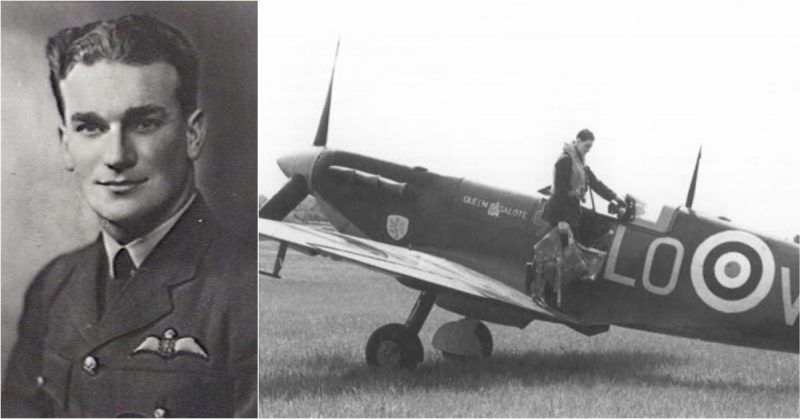If Brendan Finucane were alive today, he would be an internet sensation. He’d probably have a million followers on social media and his own Youtube channel.
But back when Finucane was dominating the headlines, the world was mired in conflict. He took to the skies to do his part in resolving that conflict and his role was an important one.
He was one of the Royal Air Force’s (RAF) brightest and best stars. He broke several records in his fight against the Germans during the Battle of Britain in 1940.
Yet, as his nickname “Spitfire Paddy” reveals, he wasn’t even British. He was Irish, through and through. (“Paddy” is often slang for an Irish “lad” or “fellow” in reference to the Irish saint, Saint Patrick.)
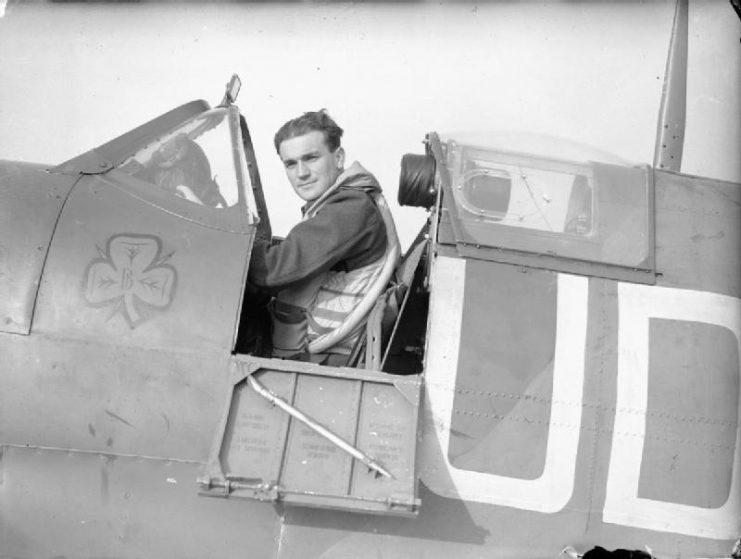
Ironically, this ace fighter pilot came not from a long line of RAF fighters, but from a father who fought against the British. His dad was part of the famed Easter Uprising of 1916. He fought alongside Irish president and rebel Eamon de Valera.
The “Easter Uprising” got its name because it happened on Easter Monday, namely April 24, 1916. On that date, a group of Irish nationalists staged a rebellion against British rule to create the Republic Ireland that we know today.
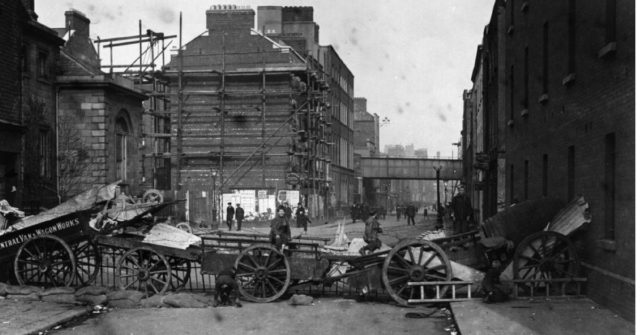
Finucane became smitten with flying as a young man in Dublin. When his family moved to England in 1936, his love of flying grew bigger.
When rumblings of war began a couple of years later, Finucane, at just 17 years old, volunteered with the RAF. When the war with Germany began in 1939, he was soon one of the many fighter pilots in the air battling it out for “King and Country.”
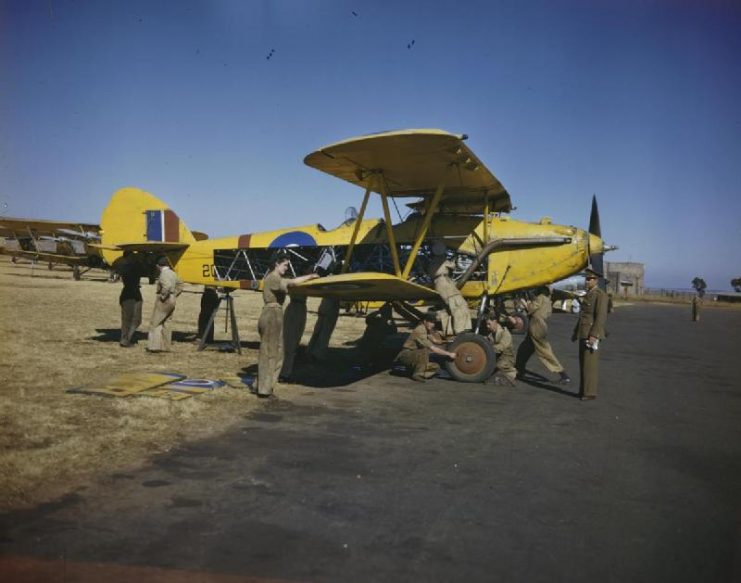
He scored his first hit at the beginning of August 1940, right at the height of the Battle of Britain. Soon, his tally of hits began rising, and he was quickly promoted through the RAF ranks.
By the age of 21, he had become a wing commander. His pilot pals knew his plane on sight because there was an enormous Irish shamrock painted under the cockpit.
Determined but modest, Finucane told the press, “I shoot to hit the machine, not the lad in it; at least, I hold him no grudge, but I have to let him have it. See him first before he sees you, hit him when you fire, as you might not have a second chance.”
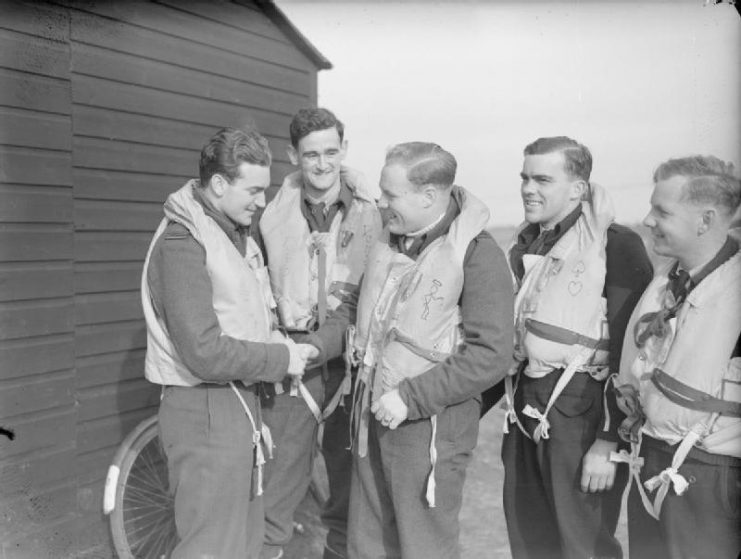
His handsome face, self-effacing demeanor, and success in the sky soon made him a media darling. The British and American press were eager to use him to prop up morale back home.
But even Finucane took hits. He once told the press, “The cockpit was awash in blood… [only later] did I realize it was my blood! Good Dublin blood should not be wasted,” he added irreverently.
How he escaped death in that moment he wasn’t sure: “How I even managed to land without a crack-up will never be known. The luck of the Irish triumphed that day.”
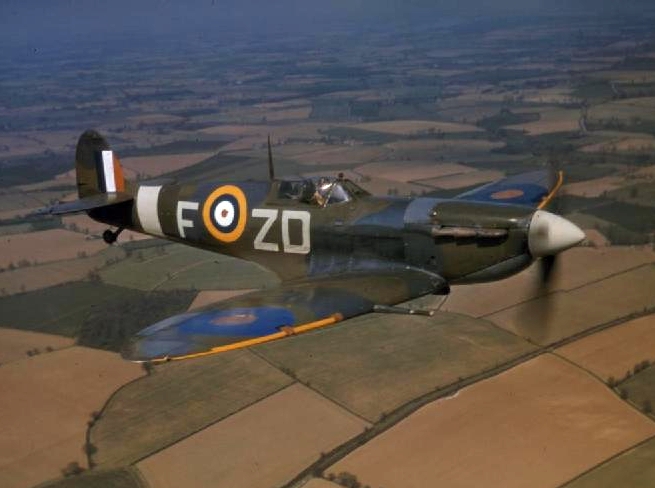
The American media made the most of Finucane as a golden opportunity for good P.R. They nicknamed him “the flying Gael” and ran headlines like “Flying Shamrock Terror of the Nazis.”
In spite of the historic tensions between Ireland and Great Britain, Finucane fought because he knew it was a just cause, his nephew later said.
But even heroes on the right side of history are not invincible. So it was with “Spitfire Paddy” who met his fate in 1942.
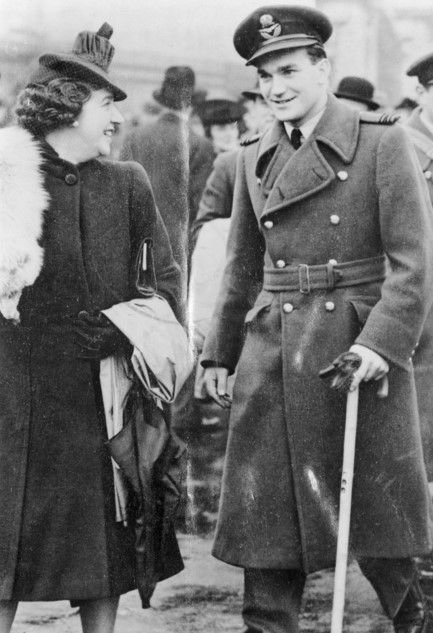
When he was just 22 years old, fighting in France, Finucane sustained fire over the beach at Point du Touquet. His low altitude prevented him from bailing out, so he changed direction and headed out to sea. He sent a final message to his squadron: “This is it, chaps.”
The BBC aired a documentary about the pilot in 2016, entitled “Spitfire Paddy: The Irish Ace Who Gave His All For Britain.” It included comments from his nephew, also named Brendan Finucane.
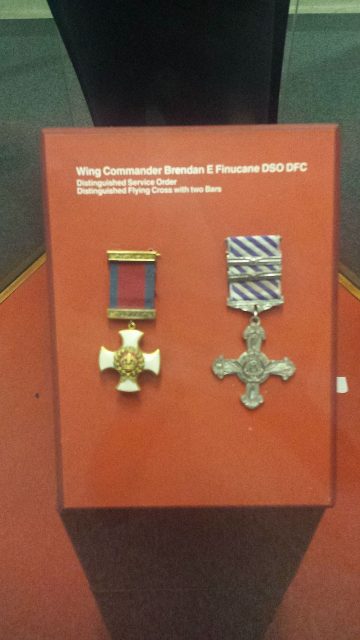
He said fondly, “My uncle was probably the most pre-eminent of that generation of Irishmen who volunteered to come and fight (with Britain) in the Second World War… My uncle was a combination of being a true Irishman, but also realizing he was fighting for the RAF and for Britain. As he was awarded some of the highest honors for gallantry by the king, he clearly also knew he was fighting for the Crown itself.”
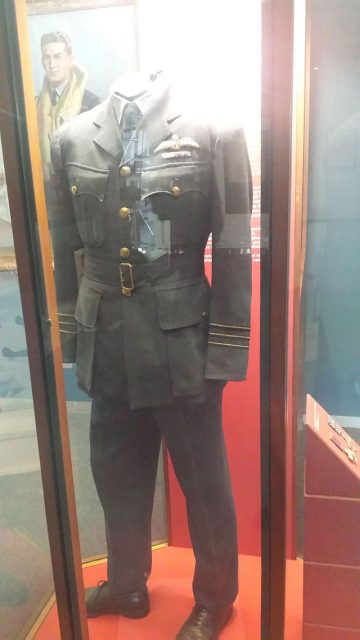
Read another story from us: RAF Top Gun: He & 7 Fellow Pilots Took on 100 German Bombers
Although England and Ireland have some notoriously prickly episodes in their shared history, Finucane clearly understood that, during those years, there was something more important at stake.
The war was bigger than the history between the two countries, it represented something that the whole world had to fight for. And Finucane was one of the many men who put his life on the line – and lost it – to see that victory went to democracy’s side.
